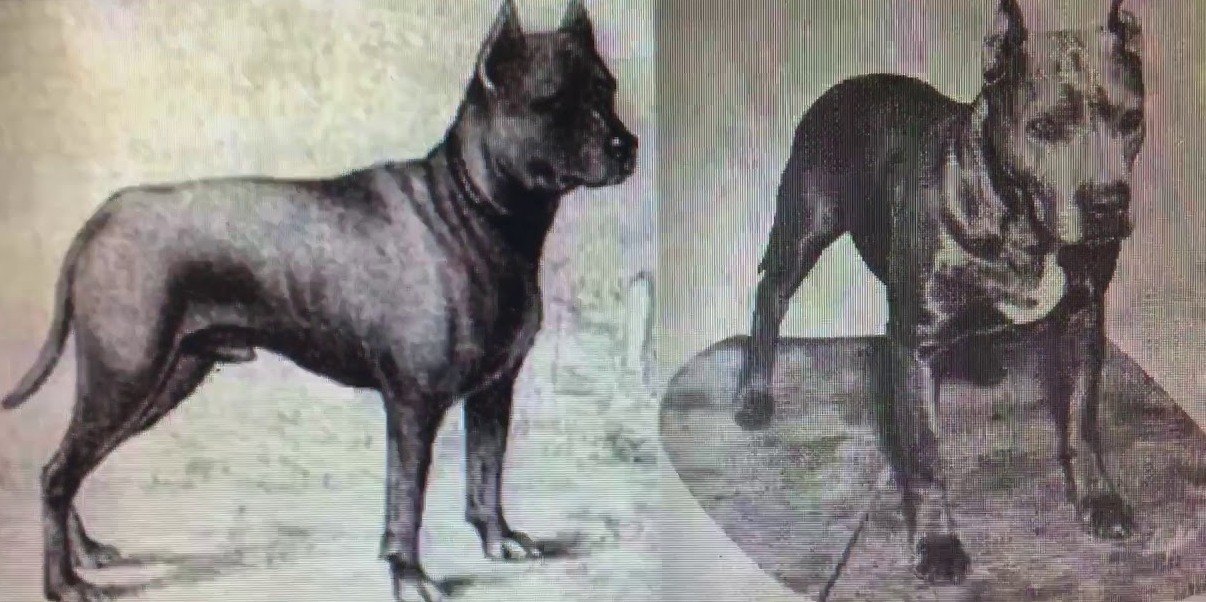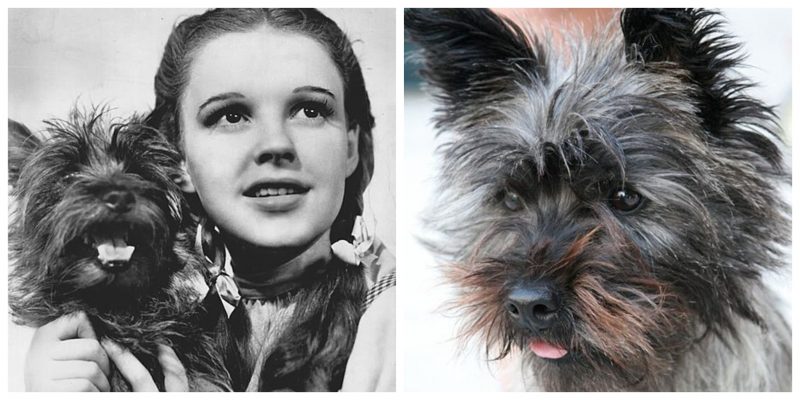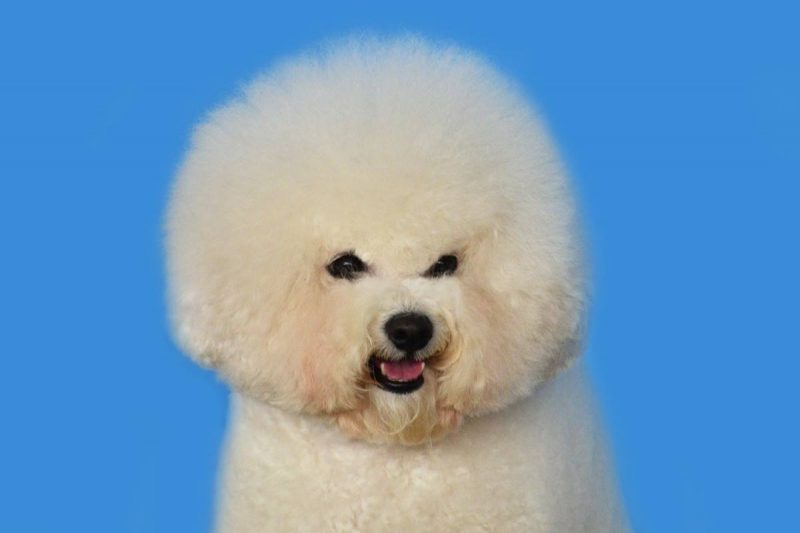What Do We Mean by Extinct Dog Breeds?
As you’ve probably noticed, we spend a fair bit of time thinking and talking about dog breeds. Often that involves looking into their histories and how they’ve changed. But while many breeds evolve and adapt, others disappear altogether.
A breed may go extinct for a number of reasons. Most of the time they’re impacted by cross breeding, getting to the point where they can no longer be classified as distinct. That’s how over the decades we’ve seen Cumberland sheepdogs become border collies, paisley terriers become Yorkshire terriers, and alpine spaniels become saint bernards.
Other times, their fate is tied to our own history, habits, and lifestyles. Dogs that were bred to perform certain tasks will often disappear if the industry that employed them evolved or dries up.
Viewed this way, extinct dog breeds are more than animals we’ll never meet. They’re a way to examine our own pasts. So let’s take a moment to remember some breeds that are no more. While this is by no means an exhaustive list, the stories of these animals reminds us how closely dogs’ fates are linked to ours
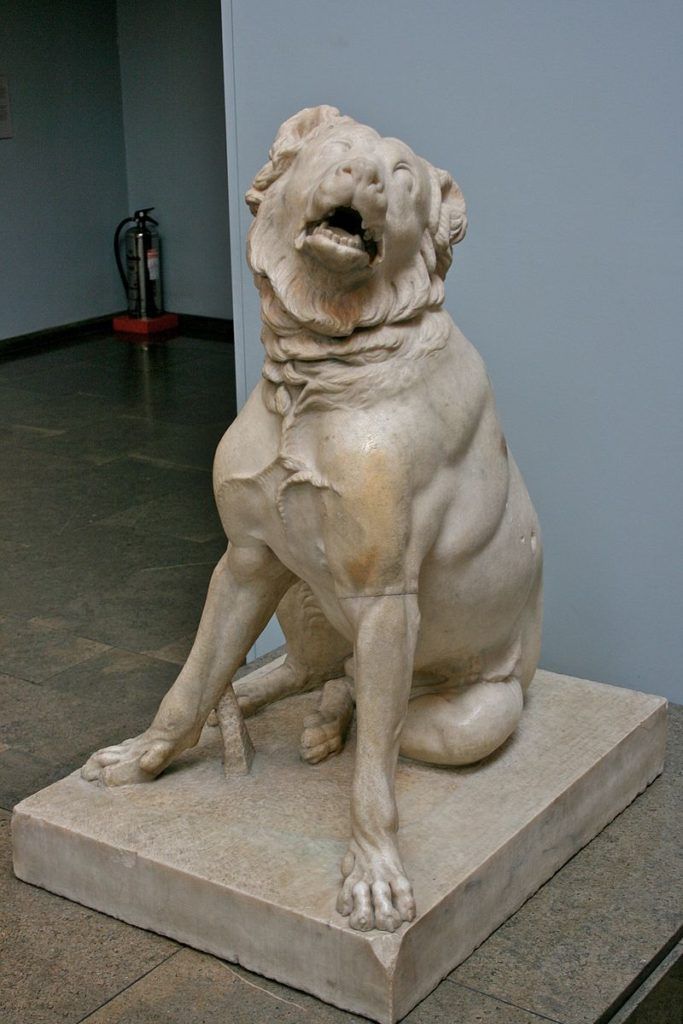
Molossian Hound
Some of ancient history’s most famous dogs were thought to be molossian hounds. They’re mentioned in the writings of Aristotle and Virgil, and were the breed of Alexander the Great’s famous dog pal Peritas. Legends say that Peritas even saved the historical figure’s life when he was charged by an elephant in battle.
That probably gives a sense of how tough they were. It’s believed they were used in Greece for fighting, hunting, home security, and protecting livestock. Today many breeds such as mastiffs, saint bernard, Bernese mountain dogs, rottweilers, and great Danes are said to be descendants of these majestic favourites.
Abyssinian Sand Terrier
These very catchily named dogs were said to possess magical healing powers. Like other hairless breeds (that were apparently also often seen as magical) the crux of their abilities seem tied to their warm, fur-free bodies that acted as hot compresses against aches, injuries, and pains. They also served a job many pet dogs still have–official bed warmers.
This extinct dog breed is survived by many other related hairless breeds, such as the divisive Chinese crested. Looking at the preserved Abyssinian sand terrier specimen at Walter Rothschild Zoological Museum in England, it’s pretty clear where the descendants got their looks from.
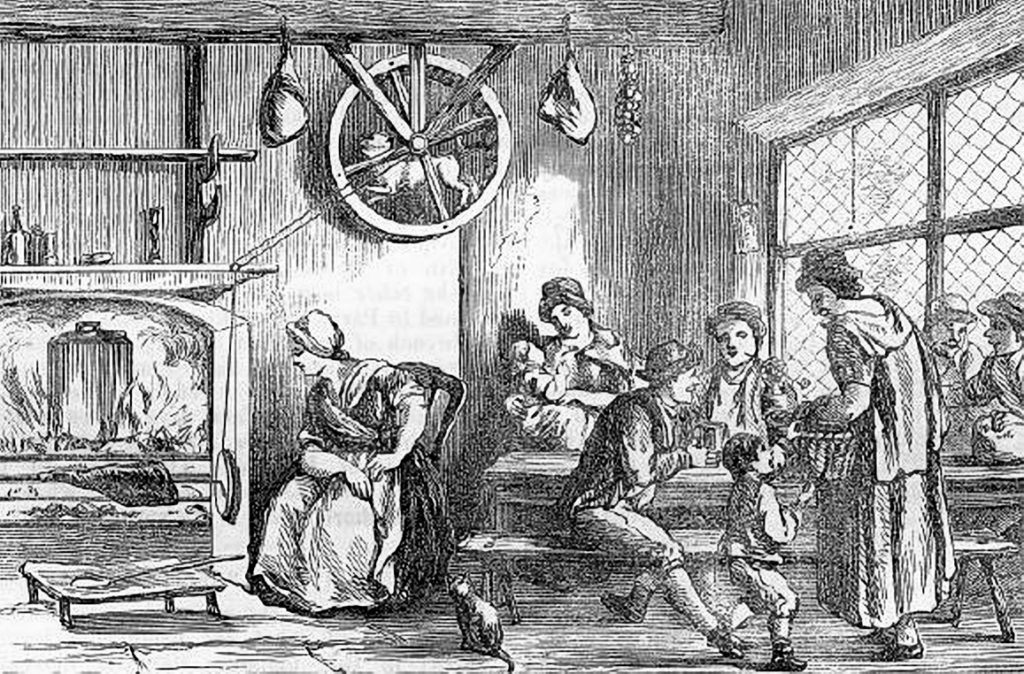
Turnspit Dog
The Turnspit Dog was one of the few working dogs to be given a task indoors. They ran on a wheel (yes like a mouse) which then turned the spit that rotated meats so they cooked evenly on kitchen fires. No prizes for guessing how they came up with the name.
While this method of cooking was popular in British kitchens in the 16th century, as oven technology progressed the dogs were out of a job and the breed eventually went extinct. Although they did manage to catch Shakespeare’s attention before then. The famous playwright referenced them in “The Comedy of Errors,” calling them “a curtailed dog fit only to run in a wheel.” Rude.
Hawaiian Poi Dog
Poi dogs were brought to Hawaii by Polynesian settlers between 300 and 800 AD. It was a lucky break for them as the islands didn’t have large animals that needed hunting or herding, meaning they mostly served as pets. They were especially close to children and seen as their spiritual companions. Babies were often given a puppy at birth so the two could grow up together.
They get their cute name from their favourite food. Poi is a traditional Hawaiian staple made from fermented and pounded taro roots. The dogs were fed it because meat was too expensive. It wasn’t a great diet though. Low in nutrients, poi left them overweight and lethargic. Although the fact they were slow moving, quiet, and sweet is probably why kids liked them so much.
Sadly their extinction mirrors the decline of local religion and culture as missionaries and westerners came to Hawaii at the start of the 20th century. But while they’re gone, this extinct dog breed lives on in local slang. In Hawaii a Poi cog refers to any mixed breed.
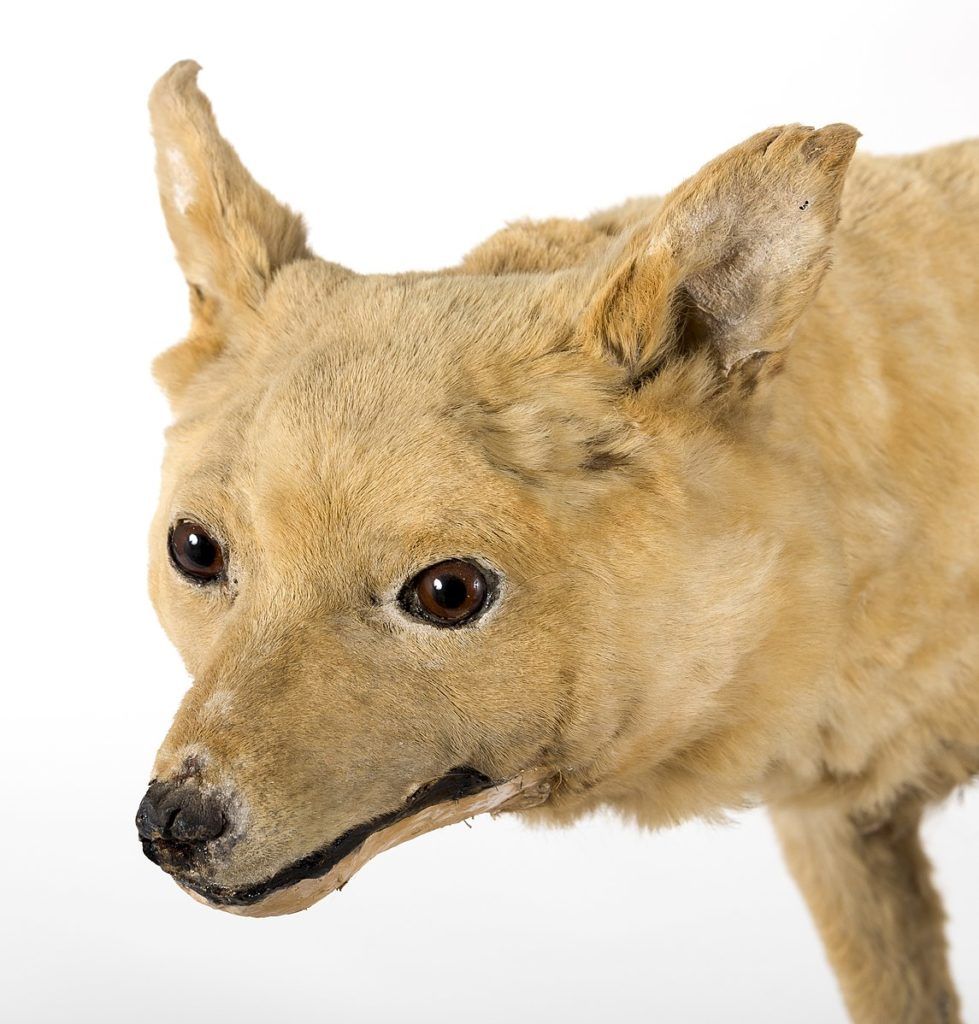
Kurī
Similar to Poi dogs, the famous New Zealand Kurī were originally native to Polynesia. They were carried to NZ in the 13th century by canoe bound settlers. With their long hair, small size, bushy tails, and short legs they were popular pets and especially beloved by women. They also served an important cultural role, appearing in many Māori stories and myths, as well as being sacrificed in rituals to please the gods.
It’s still not known what caused them to go extinct in the 1860s. Although their inability to breed to European dogs means they aren’t related to any existing breeds.
Tahltan Bear Dog
Similar to the molossus, this extinct dog breed was used for hunting bears by the Tahltan people, a Canadian indigenous community. Sometimes compared to foxes, they were light enough to move easily through snow to track the huge animals. Once they located a bear they’d yap to confuse it until a human was close enough to kill it for food. While their speed, strength, courage, and agility made them great for hunting they were famously gentle with people. At the end of a long day they’d settle in to sleep in the family tent for the night. Sadly, while they look like a spitz genetic records show no relation to modern breeds. These brave sweethearts are gone.
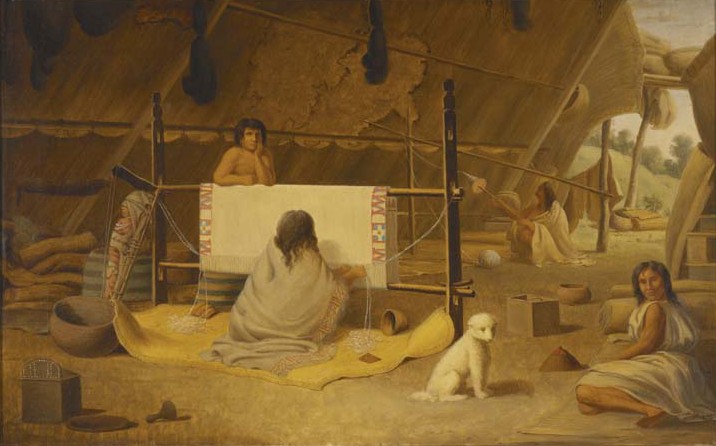
Salish Wool Dog
This breed was originally popular with the Salish Coast Native American tribes of northern Canada. Amazingly they used the dogs for their fur, which they’d sheer to turn into blankets and textiles in much the same way we do with sheep. In fact, it was the introduction of sheep to the continent by Europeans that ultimately led to the Salish Wool Dog’s extinction. Wool was cheaper and seen as more desirable to work with and wear.
Pre-sheep, the dogs had been kept separate from other breeds to maintain the quality of their coat and avoid inbreeding. But once their coats were less valuable they began interbreeding with European dogs and eventually their pure breed was lost.
Various Extinct Dog Breeds Used for Fighting
A lot of extinct dog breeds were hunters or working dogs who faded away when their jobs were replaced by modernised systems. But disturbingly many tough breeds were bred for more violent reasons. Dogs such as blue Paul terriers were bred for dog fighting and bull-baiting. In the early 19th century these brutal and cruel sports were popular, with people betting on their outcomes. Luckily in 1835 the Cruelty to Animals Act banned animal fighting in the UK and the sports (mostly) died out. Sadly the dogs who had been bred and abused were no longer valued after they couldn’t be used to make money. The breeds disappeared or evolved into the sweet bulldogs we love today. So we’ll classify it as sort of a happy ending, when you consider all the dogs safely (and loudly) snoring on couches right now.
For more on dog breeds check out:
The World Has Welcomed Two New Dog Breeds
What’s the Deal with DNA Testing for Dogs?
Don’t forget to follow us on Facebook, Twitter, and Instagram.

